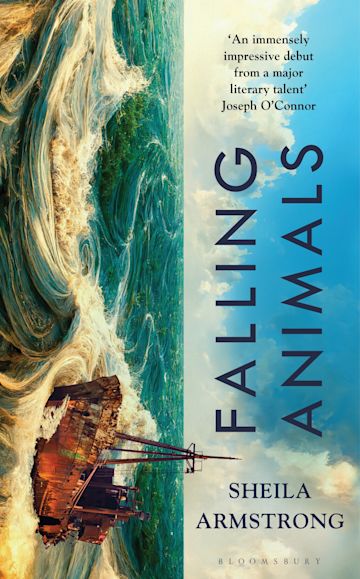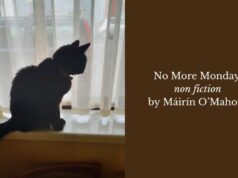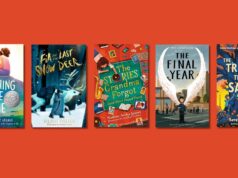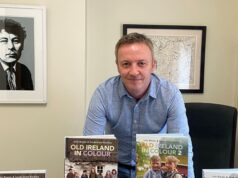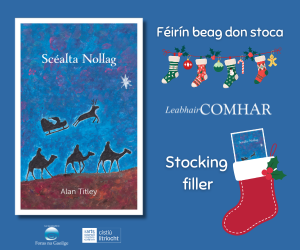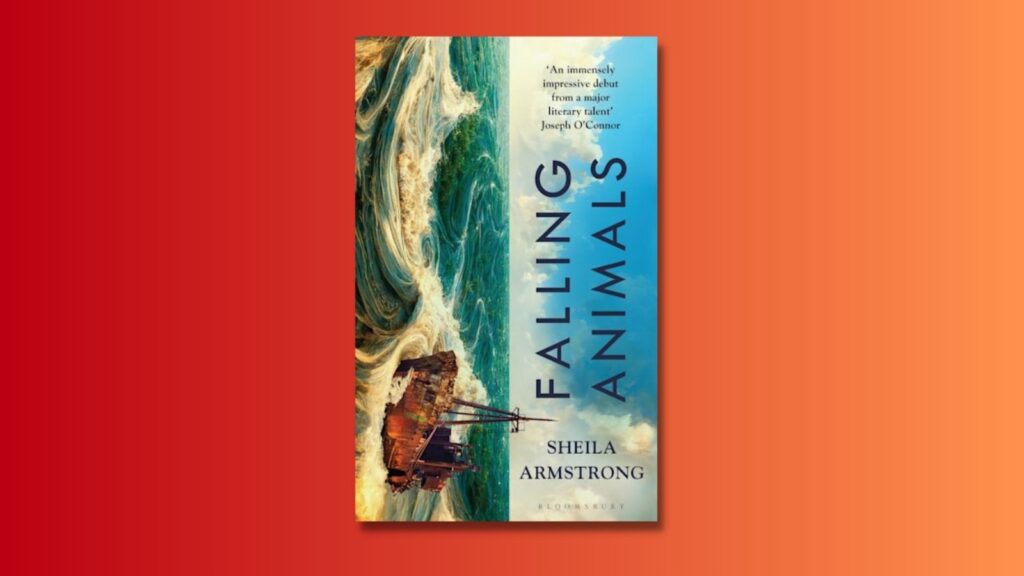
Falling Animals|Sheila Armstrong|Bloomsbury|€15.99
Human, hopeful, and beautiful—Falling Animals, by Sheila Armstrong
by Laura King
All of life is present in Sheila Armstrong’s Sligo of Falling Animals. Armstrong, the author of the acclaimed short story collection How to Gut a Fish, manages here in her debut novel to take what makes her stories so memorable and transpose it masterfully to the novel form.
The eerie, earthy, fleeting yet haunting moments of How to Gut a Fish are somehow sustained over a whole, far reaching novel, and Armstrong’s precise attention to detail amounts to a 226 page work in which every word counts. The seeds sewn in the first chapter—mystery, wonder and dread—bury deep into the landscape of the book and unfurl and burst to life so many different times with each new, fully realised character we meet.
The world is terrifying and cruel, but it is also breathtakingly beautiful and sometimes by some strange coincidence or divine intervention people find their way home, their way back to each other, and their way to redemption.
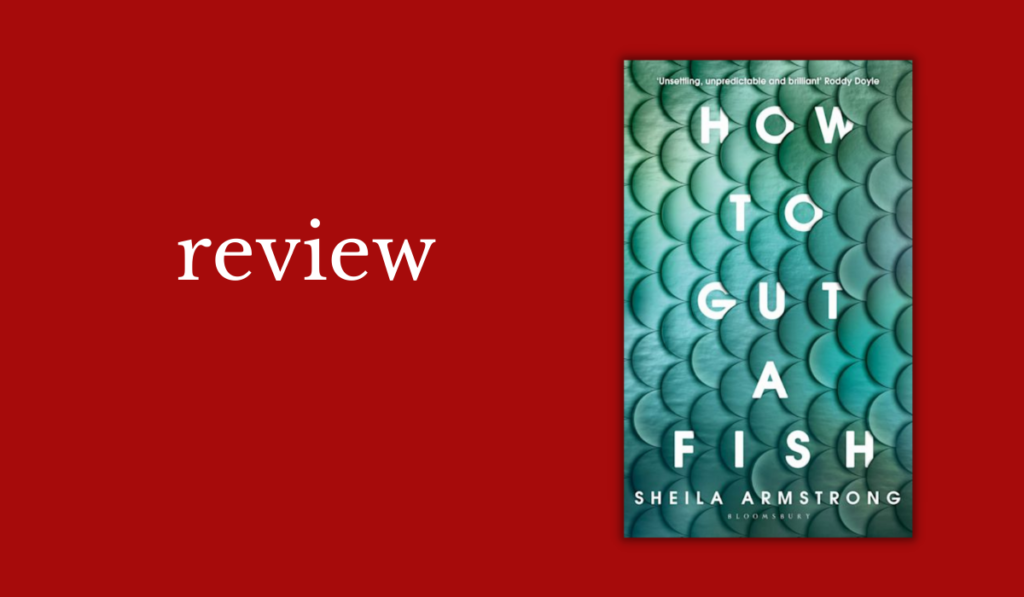
Literary and imaginative
The structure of Falling Animals has shades of Donal Ryan’s The Spinning Heart, in which a chorus of voices tells the story of how a terrible incident unfolds in a small town. Armstrong’s novel reads even more so like a group of short stories, each chapter is from the point of view of someone from, living in or visiting Sligo, focused around the real life story of the body of a dead man being found on a beach there, who’s identity was never found, and who still remains a mystery.
Armstrong’s style of writing is precise and skilful, and also at times simply beautiful
However, Armstrong’s work is more literary and imaginative rather than true crime or a straightforward fictionalising of events. She gives new life to the story that caught the attention of so many people, and uses it as a jumping off point for this work of fiction.
Armstrong’s style of writing is precise and skilful, and also at times simply beautiful, pairing a plot so clever and intricate with a novel that is just a pleasure to read, sentence by sentence as well as page by page. In fact, I read most of this book in two sittings, and couldn’t help myself but started rereading it just two months later.
Characters
If you pull at the threads of any of Armstrong’s characters they open up a whole world, and we get such a short amount of time with them considering the richness and vitality they have on the page.
It should be the case that there are far too many characters to keep track of, but as they begin to weave in and out of each others’ lives and in and out of the narrative around the man found on the beach, they become more and more familiar, and some in particular are standouts.
Each character is rendered richly and respectfully
The young, lost, Mitchell, the Lila, the spiky survivor, and especially my own favourite character Matías, whose story of a wandering Columbian man who finds himself running a traditional pub in the West of Ireland could have been an entire novel in its own right.
Each character is rendered richly and respectfully; no matter how young or old, or where they come from, they each have an important part to play and story to tell, and each are equally worthy of our time and attention.
Power of place
In this novel, the world is a parish. That is not to say that it is ‘small’ in the sense of it being small-minded, but what is so striking about it is how the power of family, place and home seems to pull people back to this one town, wherever they come from or go to. The different types of people, from all different walks of life make it seem like all of life is contained there.
the novel is far reaching, while never losing sight of the local
On the other hand, the novel is far reaching, while never losing sight of the local, the specific, and the home. Armstrong opens the novel suddenly, vividly, with a dead seal on the beach (foreshadowing the dead man) and writes that “the horizon curves… all the way around the world and back”.
Rewards close attention
The satisfying conclusion of the book – though completely unexpected to me when I began reading – brings this feeling full circle. No matter where you go, there you are: on the beach, on your own, but always reaching out to touch the lives of someone else. This world is a terrifying one, to be sure, but it is not a terrifying novel: it is human, and hopeful, and beautiful, too.
It is a book that rewards close attention, and I hope that those who might be interested in studying it will find it.
I’ve now read the novel twice, and I still think that I could read it a third time and find something new to talk about – how the bodies in this novel carry the weight and the trauma of hard lives lived, and of a hard world; how the decay of those bodies could speak to concerns about global warming; or delving into the detail of each character, who each in their own right could be the main character of the novel, given how rich each chapter is.
It is a book that rewards close attention, and I hope that those who might be interested in studying it will find it. However, it is also a compelling, engrossing read that will grab its readers with two hands, and leave them back where they started, but not quite the same as they once were.

Laura King lives and works in Dublin, and in her spare time reviews books under the name @LauraEatsBooks.








